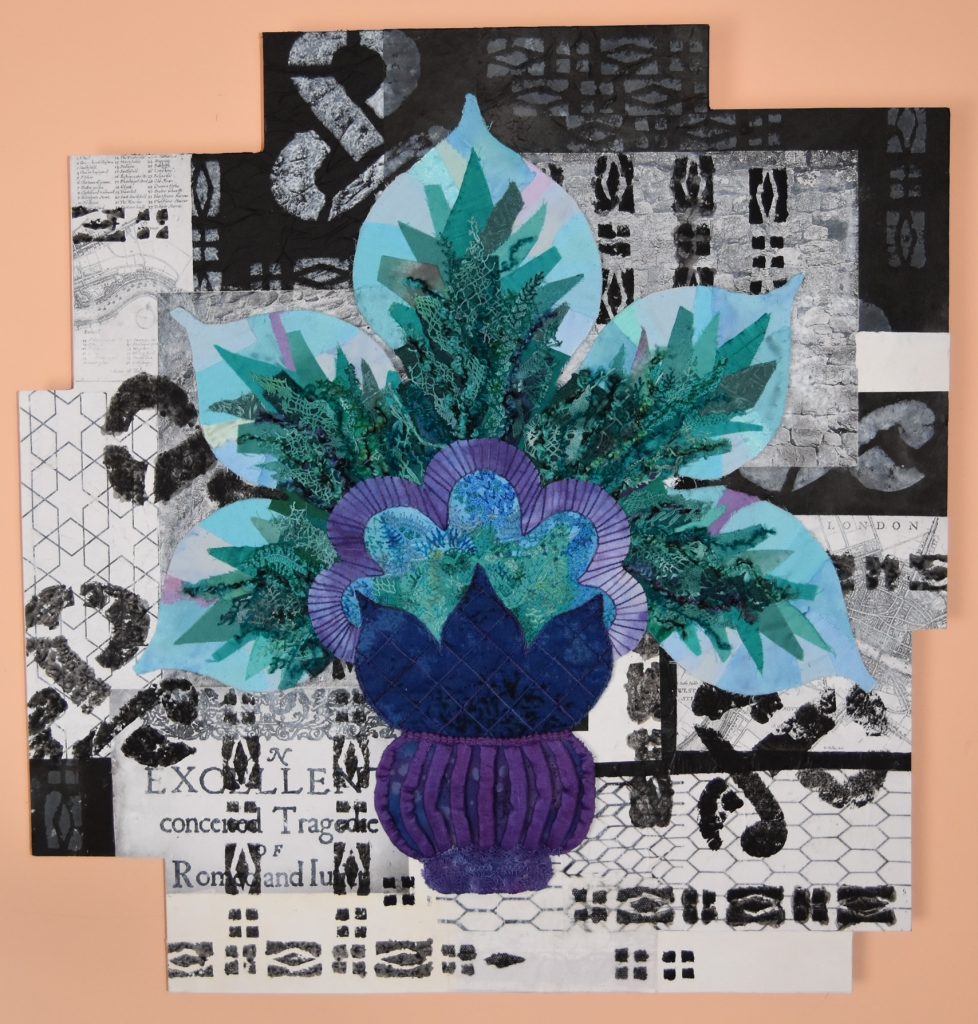Do you see what I see?
When you look at an artwork, do you share the artist’s perspective? Or more likely, do you have your own unique interpretation?
We all see things slightly differently. While we look with our eyes, we actually see with our brains. This article explains some of the rules our brain uses to create reality, based on the input it receives from our senses.
In effect, each of us has our own set of filters, both physical and psychological. These shape our vision – including what we ‘see’ in an artwork, as well as our emotional response to it.

What do you see?
This exhibition presents a variety of objects and images that the Creativity Cluster artists have interpreted in one way, but that you, as a viewer, might interpret quite differently. For example, you can read Mardie Whitla’s blog about her interpretation of her ceramic sculpture, Poseur.
We invite you to look at the artworks below by seven of the Creativity Cluster artists. What do you ‘see’ in some of these artworks? What ideas or feelings do they evoke? Only then take a look at the title or description of the work to see what the artists themselves were trying to convey.
To enquire about the availability, cost or shipping options for a work by one of the artists, send a message via the Creativity Cluster contact page.

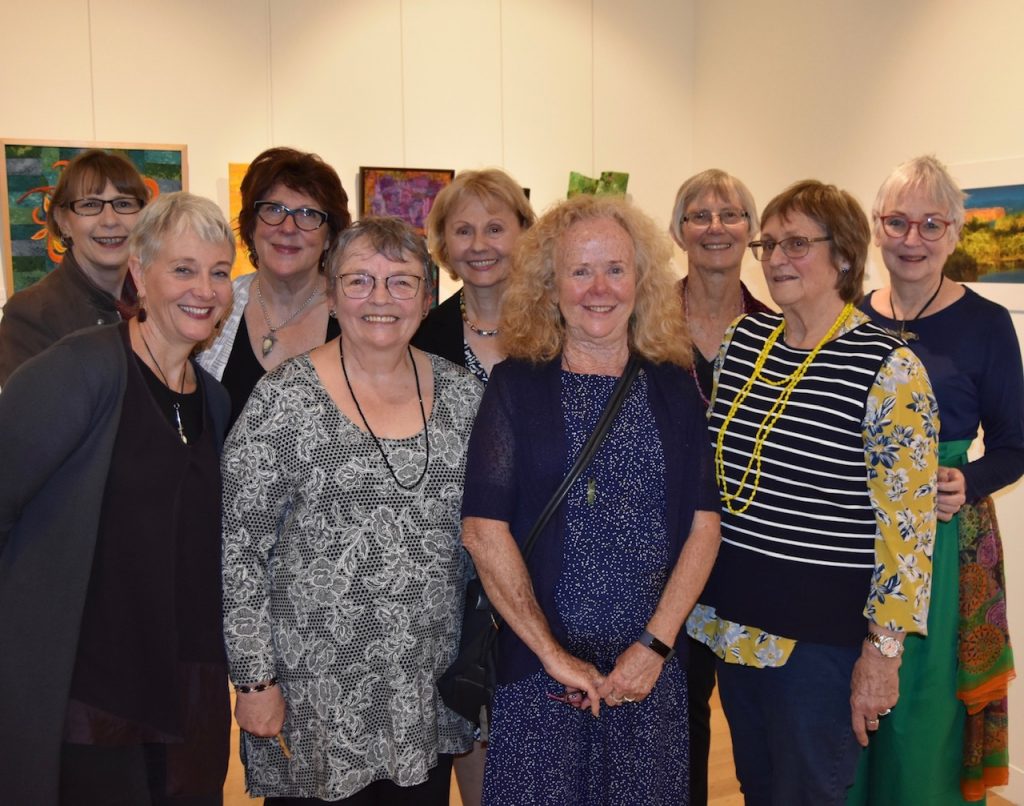
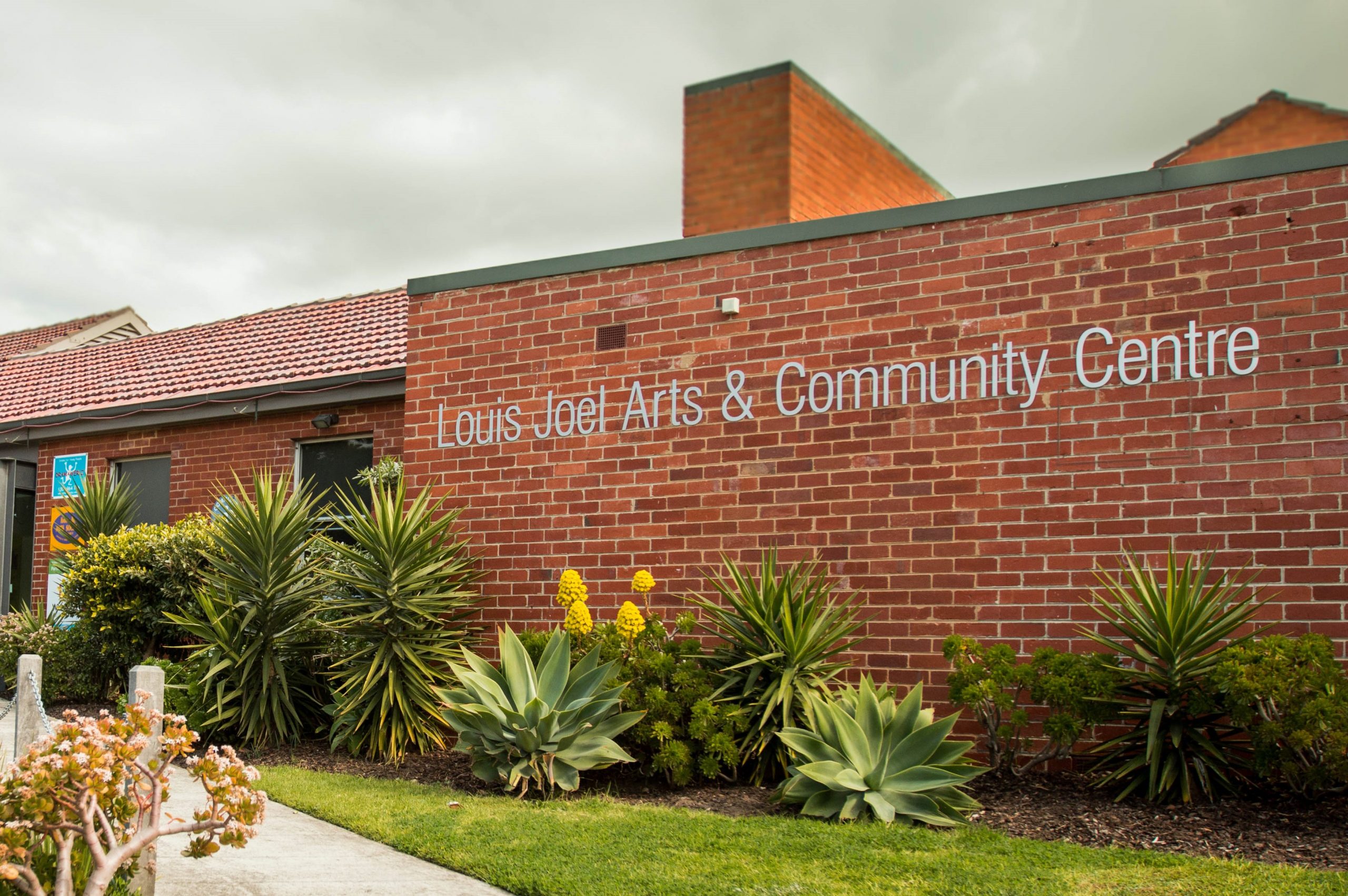
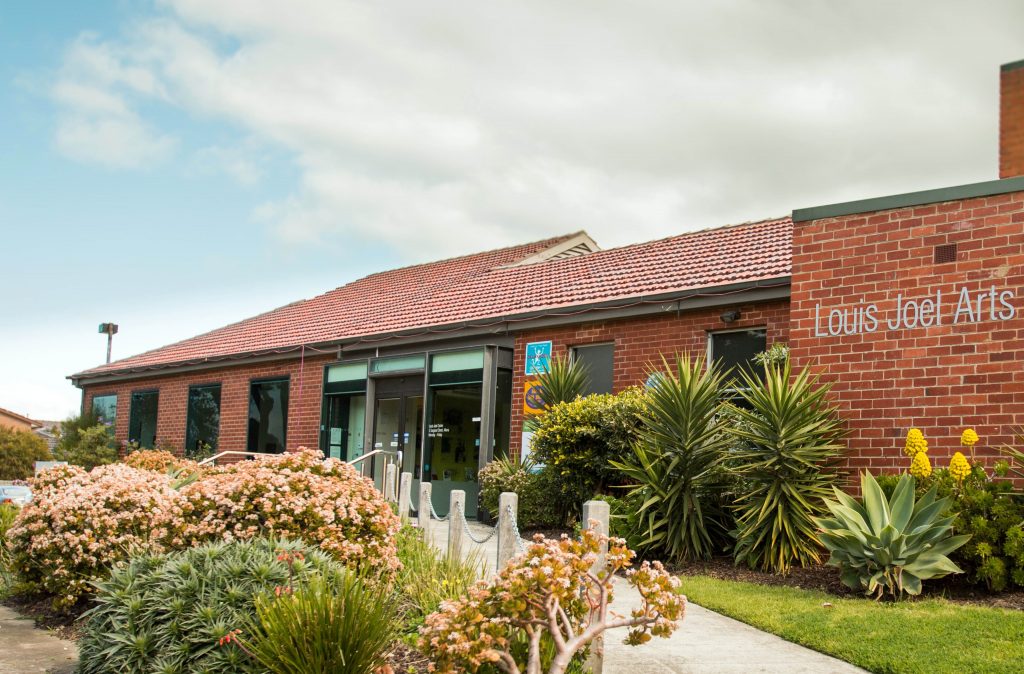
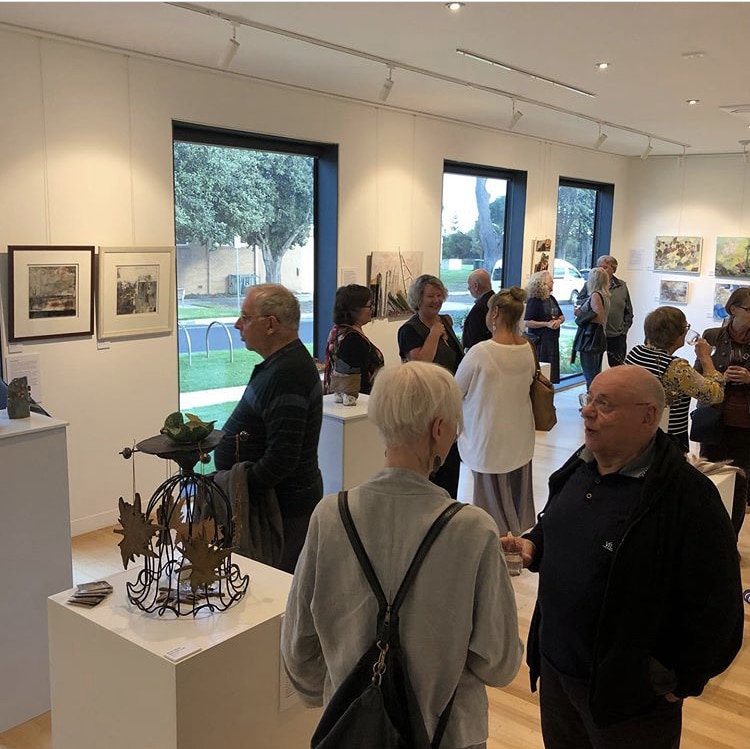
Mardie Whitla
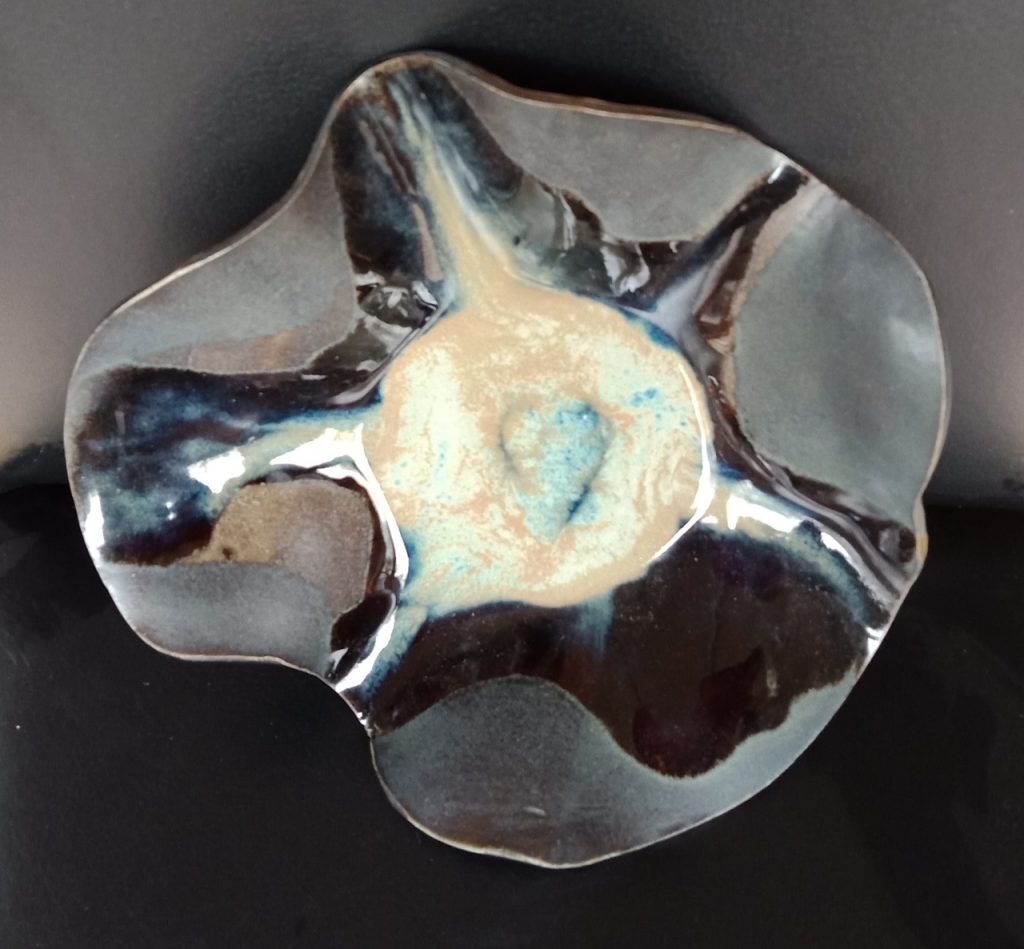
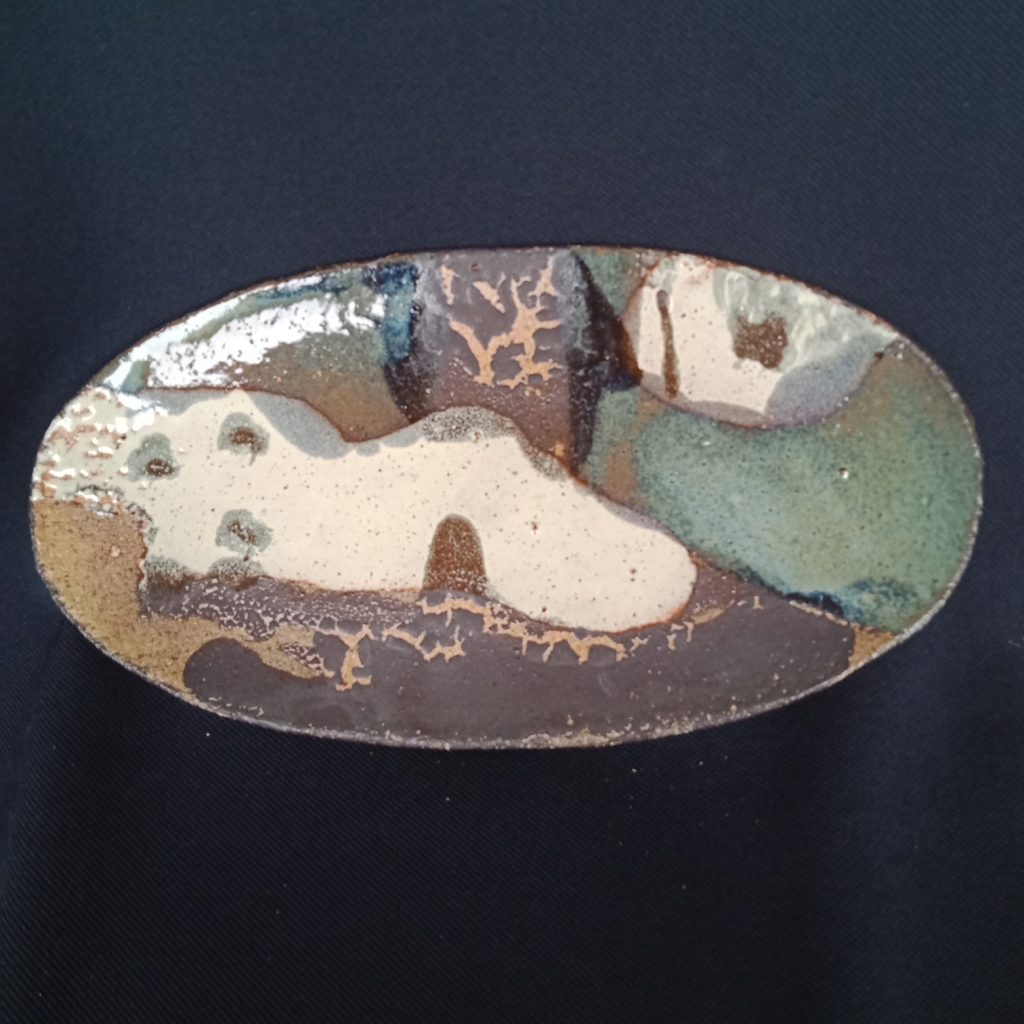
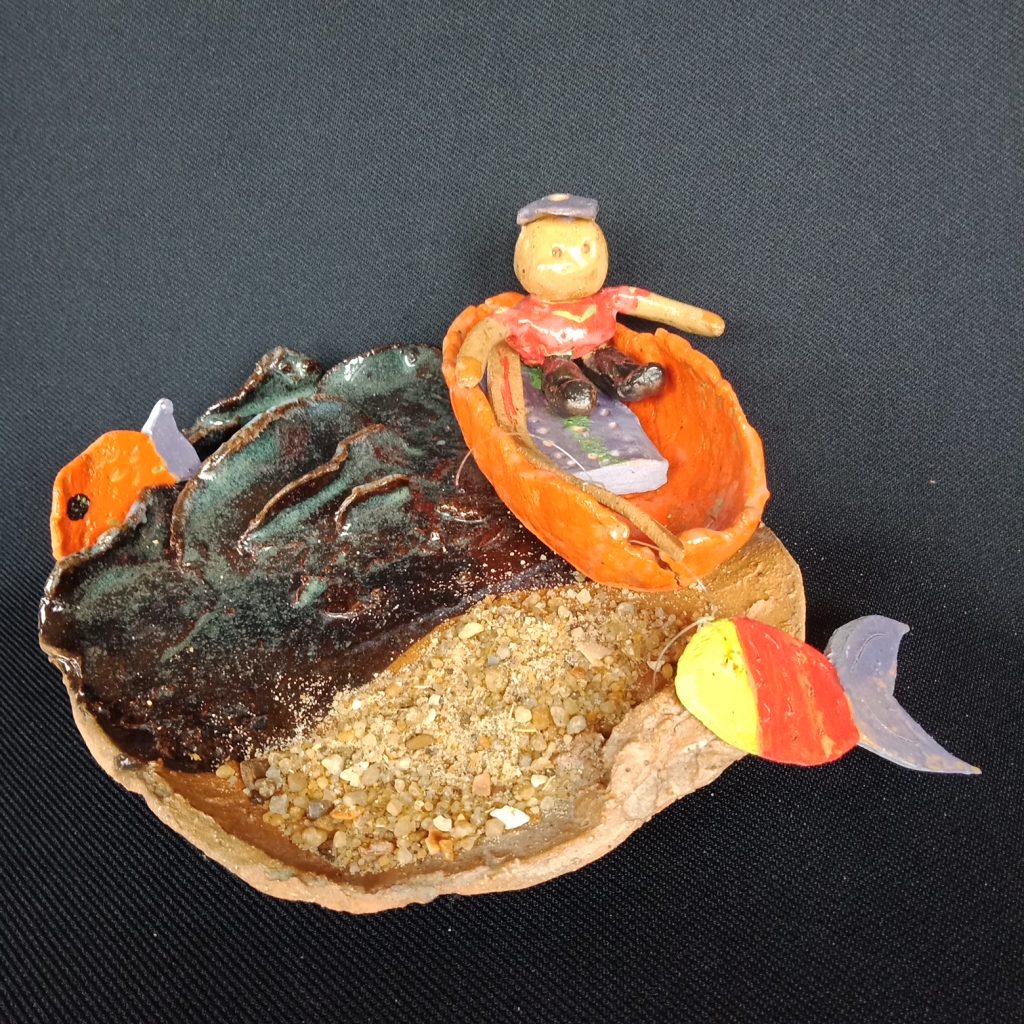




I start with a ball of clay. When I’m working with my clay, I feel relaxed and creative. I don’t use a wheel, and I don’t produce mugs. Sometimes I start with a particular subject in mind, at other times I gradually interpret whatever is running around inside my head. It unfolds. It symbolizes something! As construction continues, I adapt and visualise an emerging pot. All very well for its first firing, but after glazing it is often likely that I might deduce something completely different. Do you see what I see?
Pat Duncan
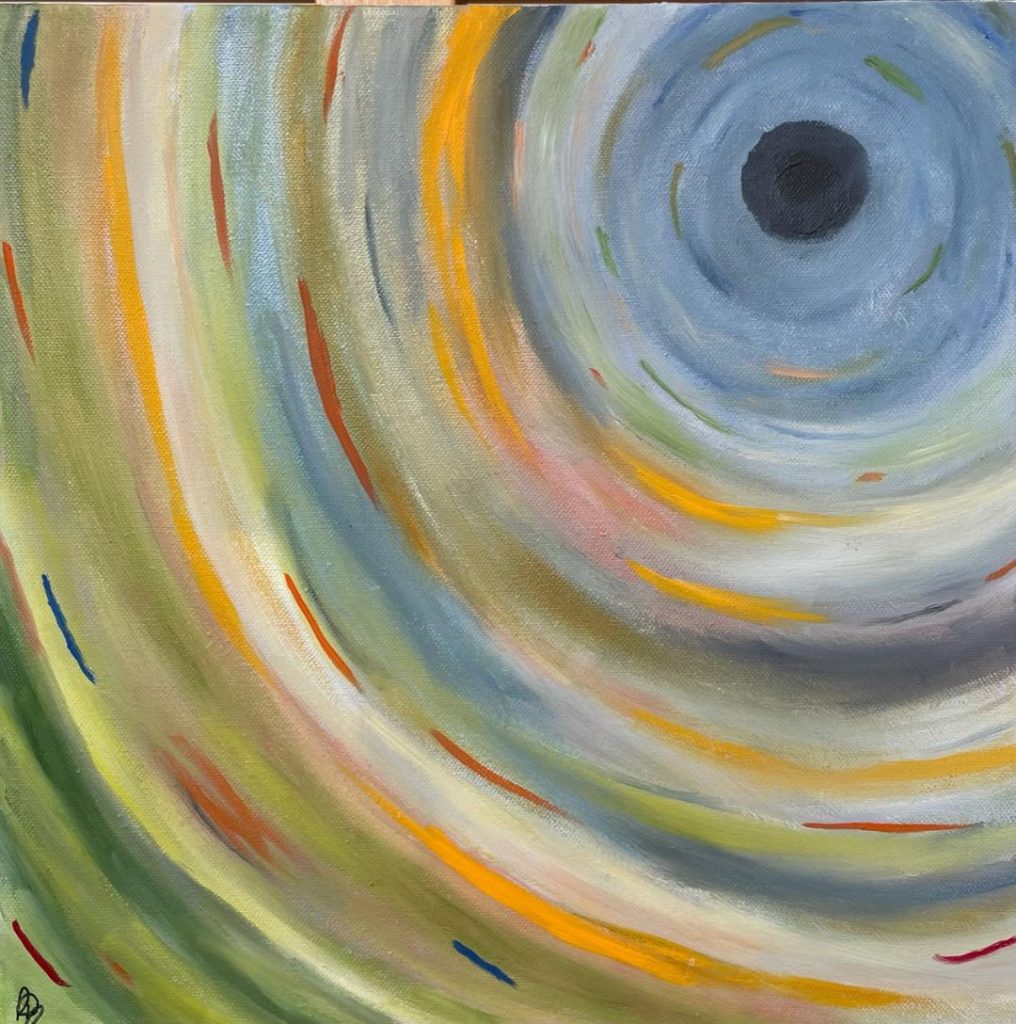
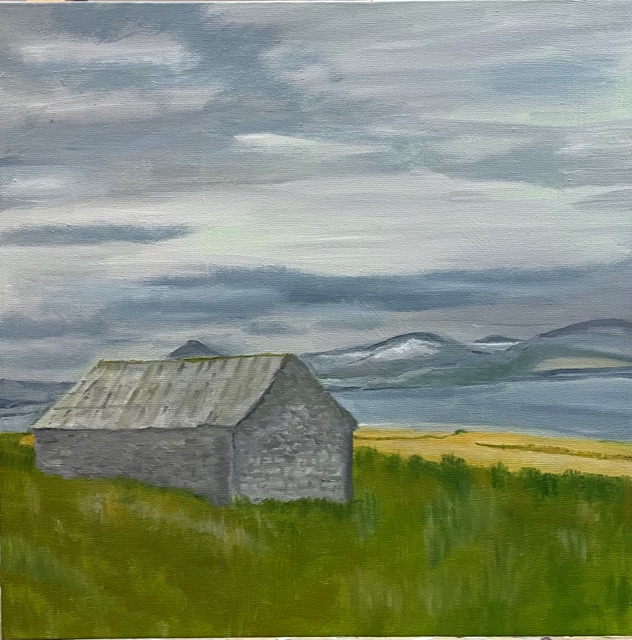


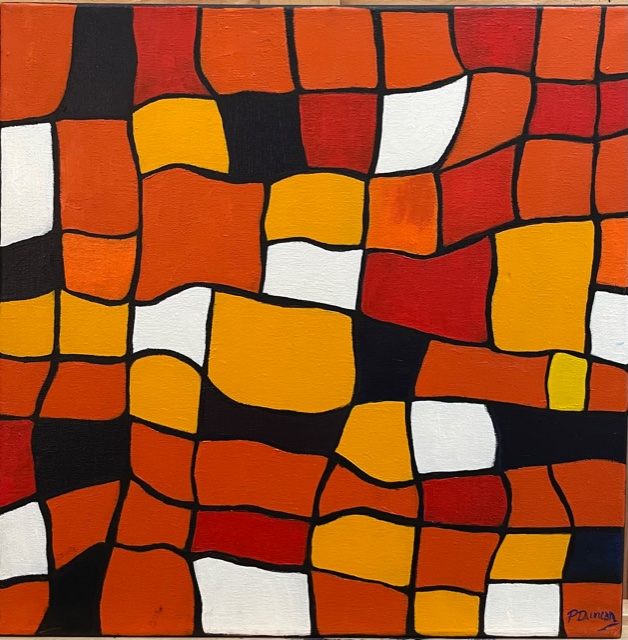
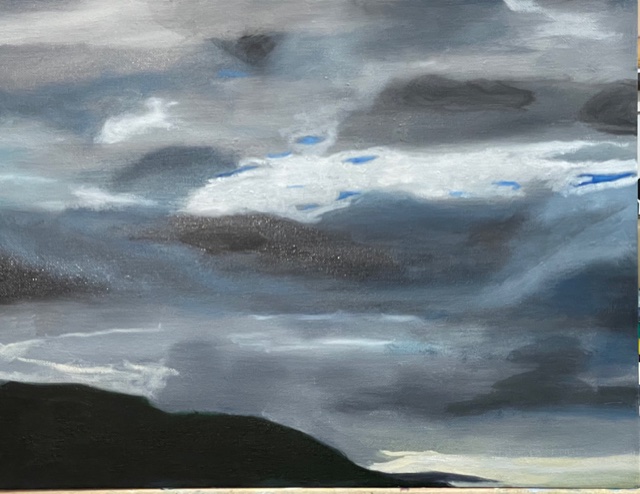
In this exhibition, the paintings have come from two places in my mind. There are those paintings that are a response to what is around me, and there are those that come from emotion. Two of the paintings have been spawned by a darker emotion. The experience of isolation during the current pandemic has taken my mind to a different place and has brought a darkness to these paintings. However, I get a positive emotional response to landscapes and places I have visited. These paintings generally make me feel happy and calm.
Penny Sharples

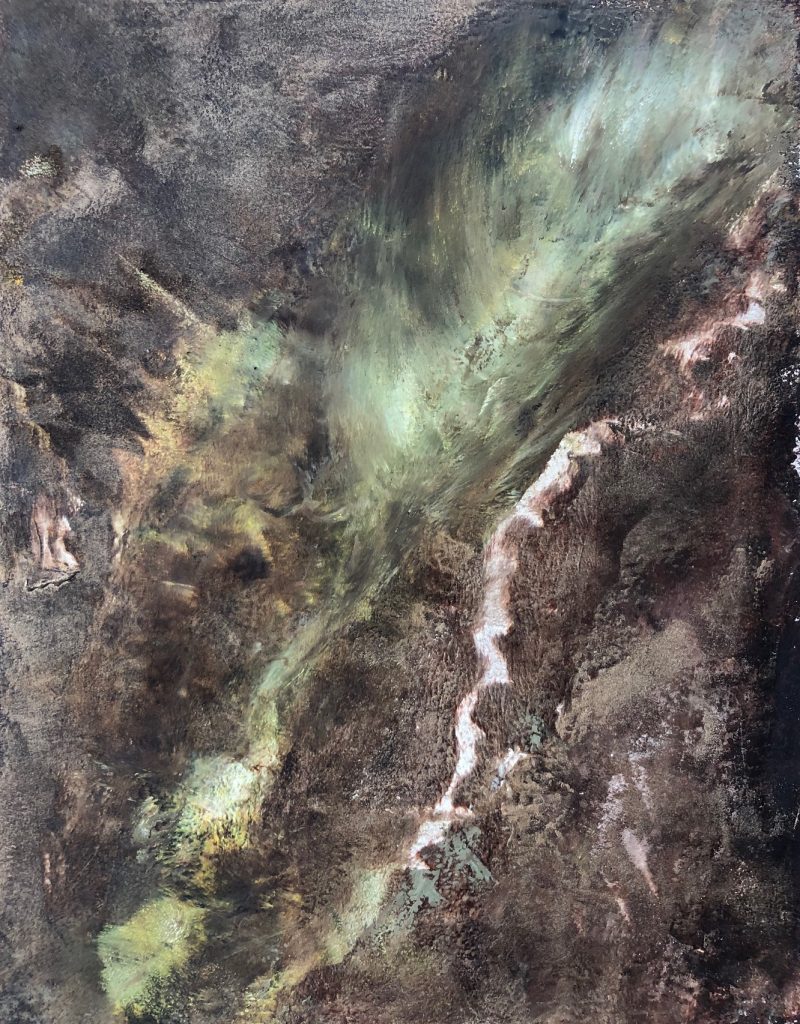

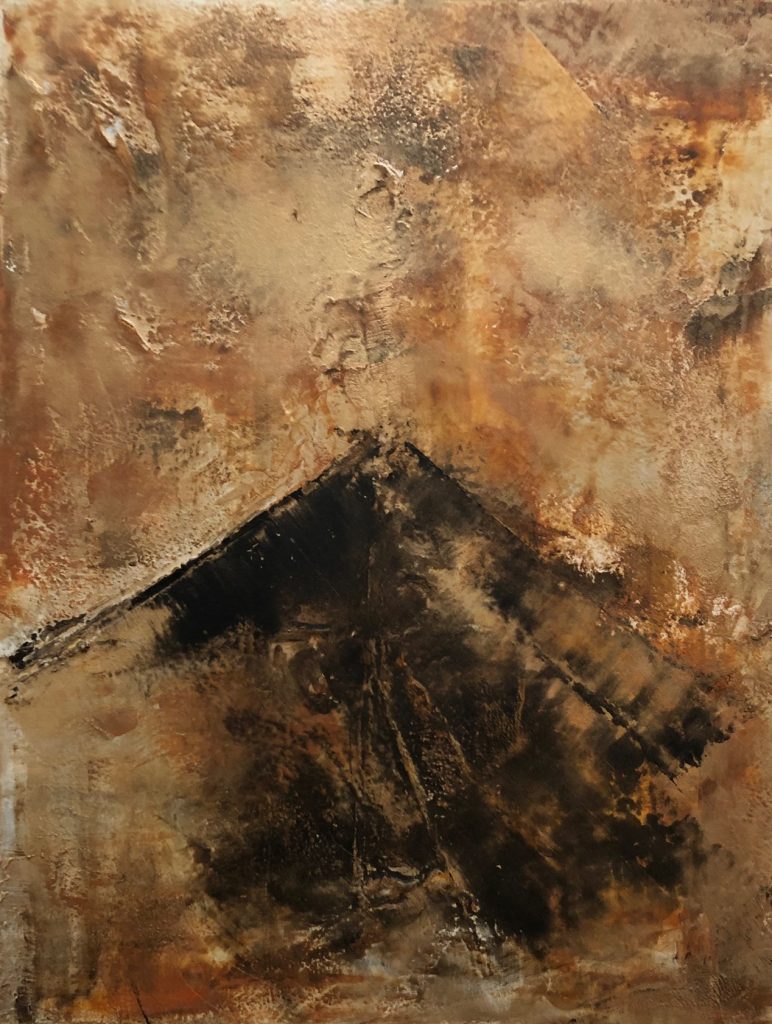
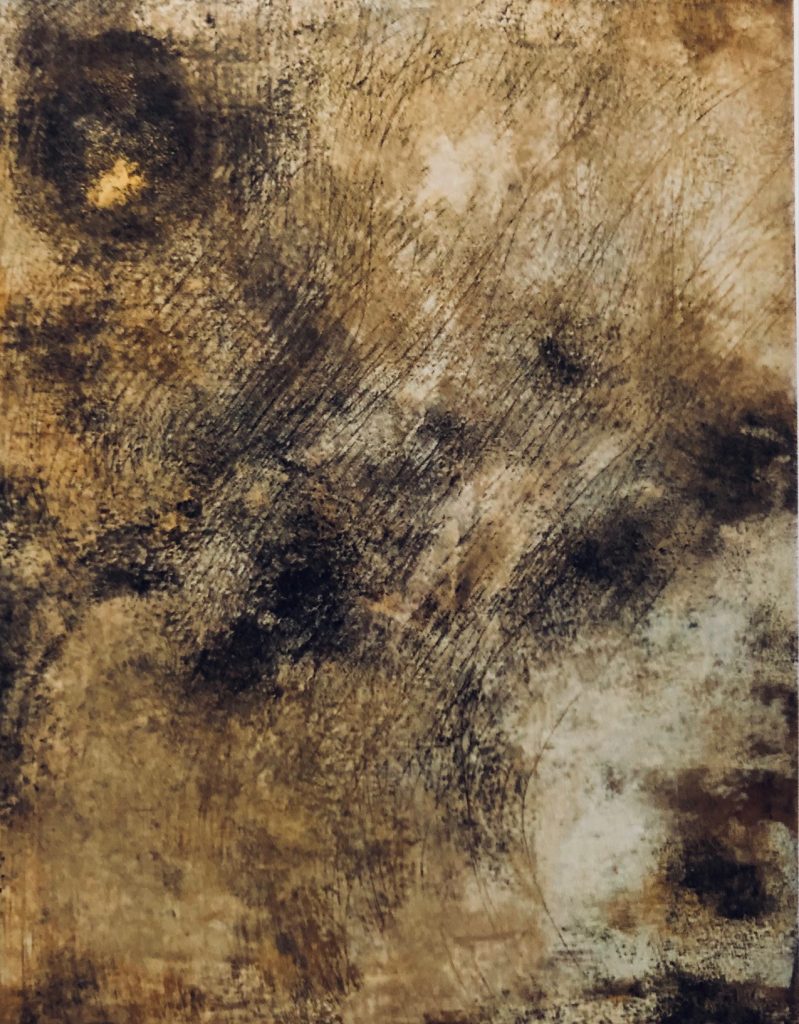

These paintings are inspired by my many travels to Greece that have been as much an inner journey of soul work as walking the land. I returned each time to explore the sacred sites, their myths, culture and landscapes. My last trip followed the sacred sites marking the different stages of the life cycle from birth to death evoking a range of emotions, dreams and a visceral response to the land.
Spring passes and one remembers one’s innocence.
Summer passes and one remembers one’s exuberance.
Autumn passes and one remembers one’s reverence.
Winter passes and one remembers one’s perseverance.
― Yoko Ono
Deidre Ogilvie
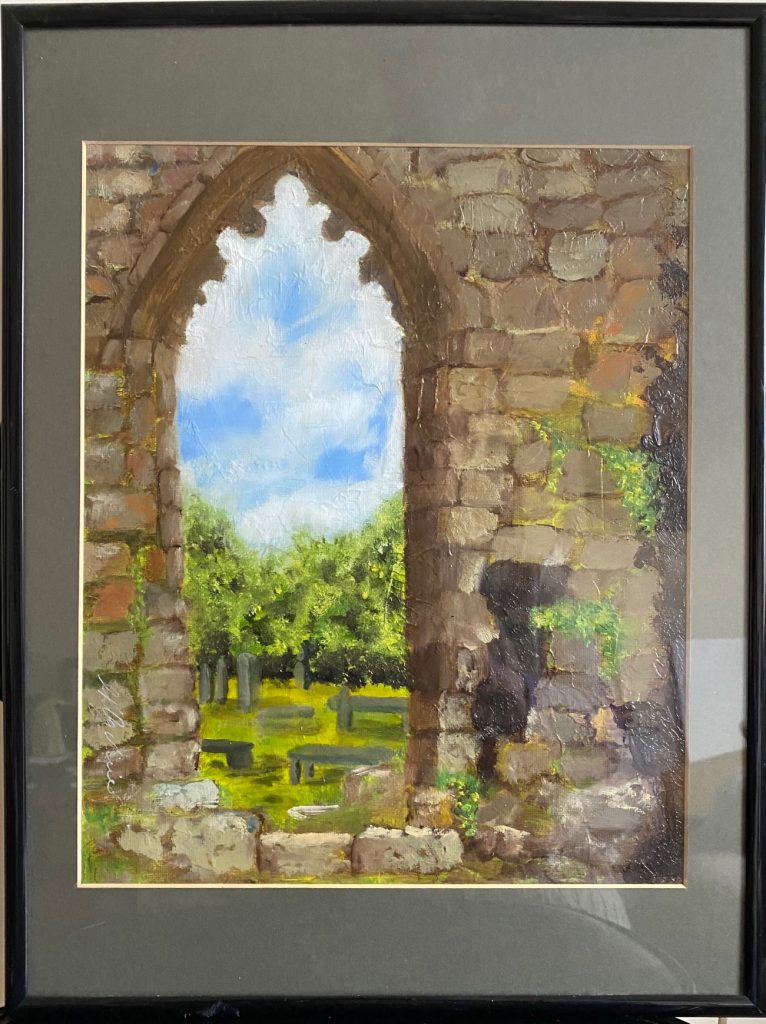

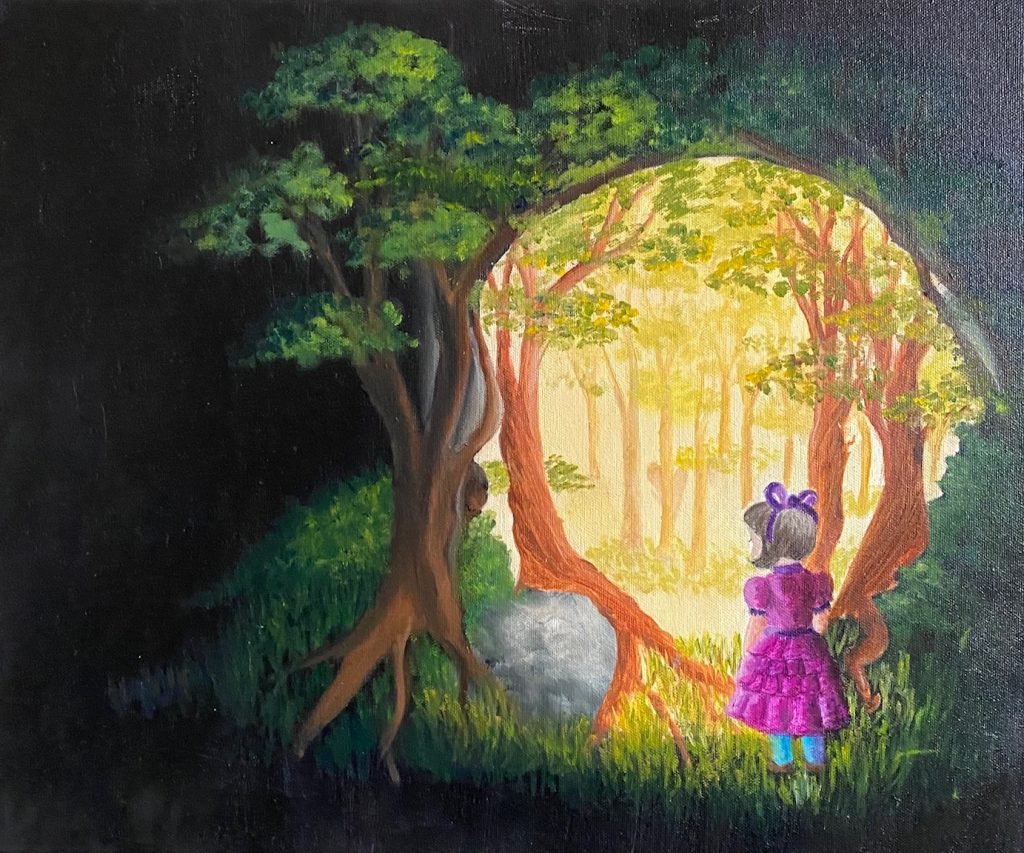



These paintings were created with a sense of wonder at the way the world is viewed differently by people of all ages and cultures. We may see images in nature that look like animate objects, while the night may bring forth visions of A Midsommer Nights Dreame. For some, a monastery ruin can be full of ghosts from the past; for others, a mythical deity can oversee and control their lives. Dreams can bring disturbing images to life, while a child, through their imagination, can view life in a whole different way from adults.




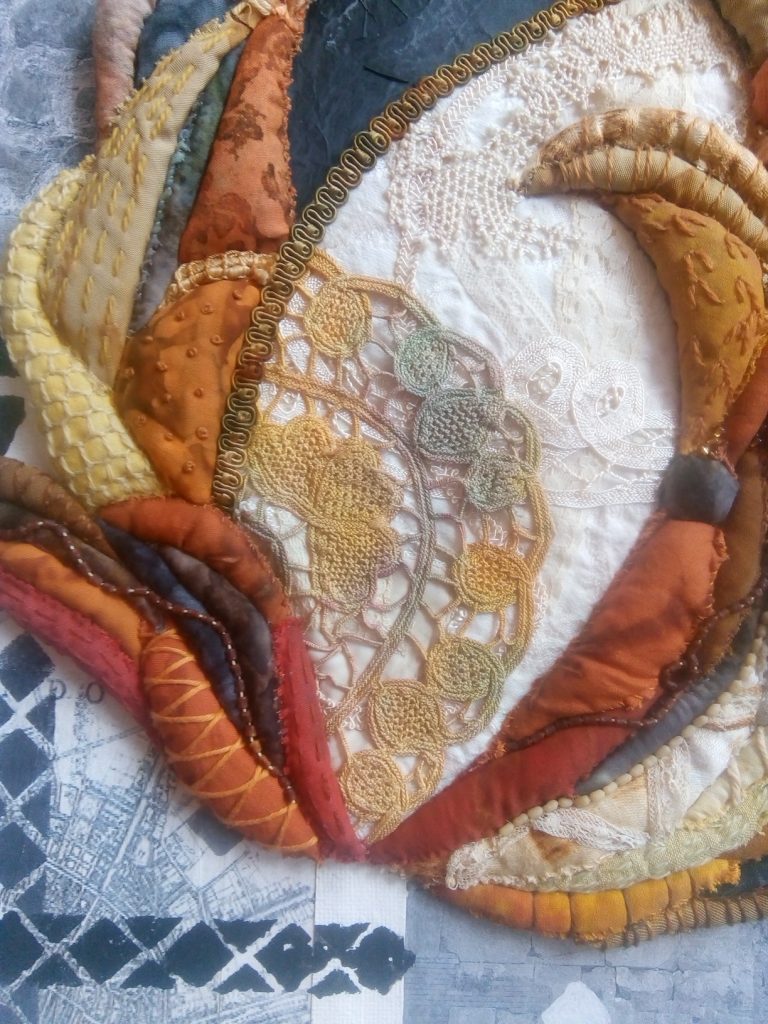
This series of works is based on crewel embroidery motifs, a technique that had its heyday in the Jacobean period, 500 years ago. I have been doing crewel, based on traditional Jacobean designs, for over 20 years. But in the last 5 years I’ve been exploring contemporary textile art techniques, finding new ways to combine fabric and thread. With this series, I’ve come full circle – back to crewel motifs but interpreted in a contemporary way. The paper collage background of No. 2 and No. 3 evokes crewel embroidery’s Jacobean heritage with references to Shakespeare, maps of old London and old stone walls.
Luna Cameron-Parrish
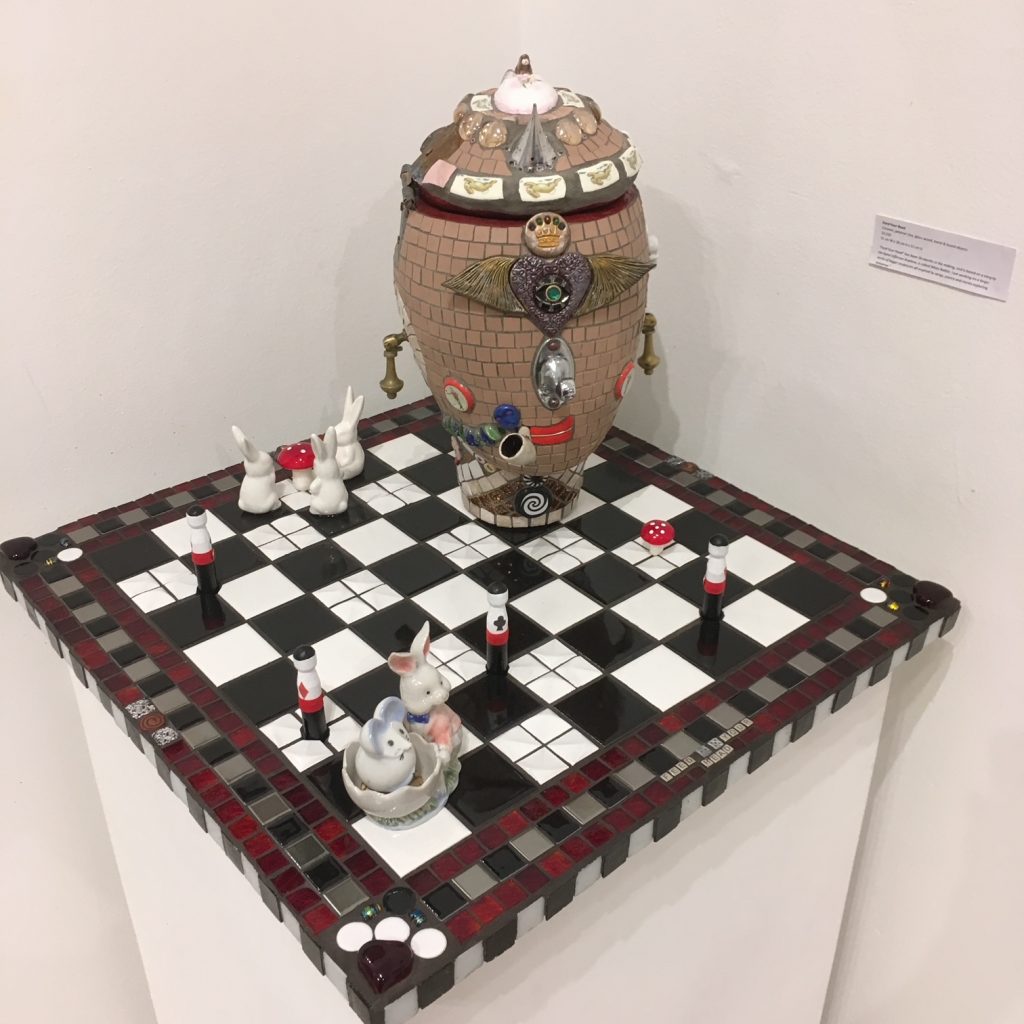


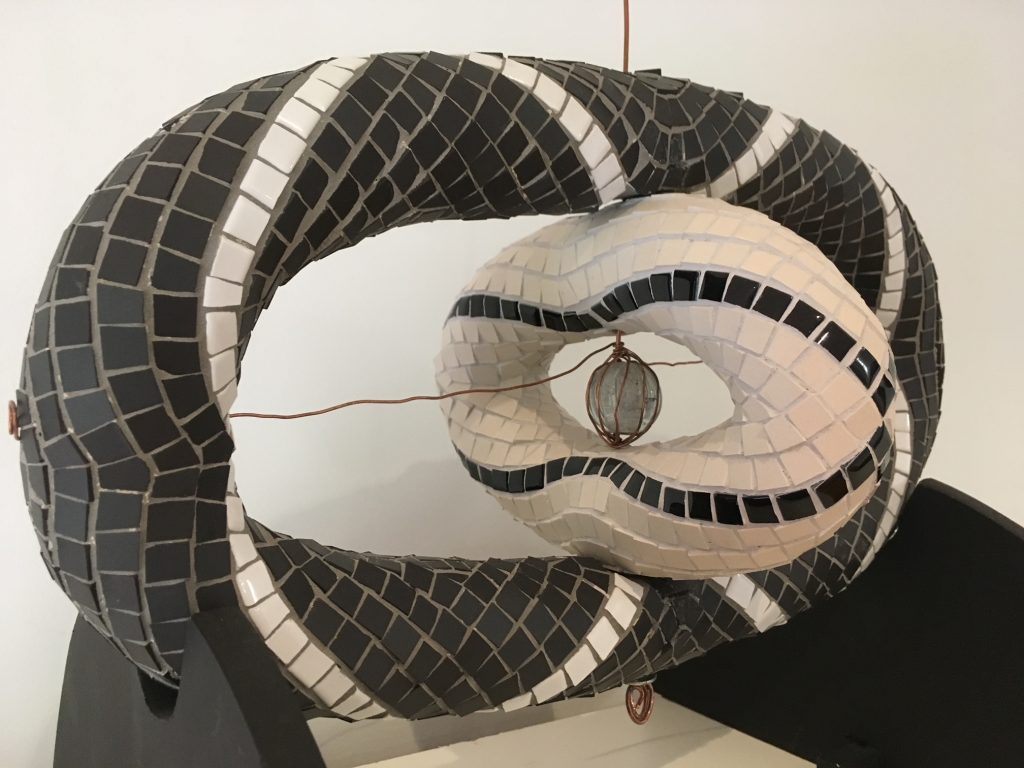
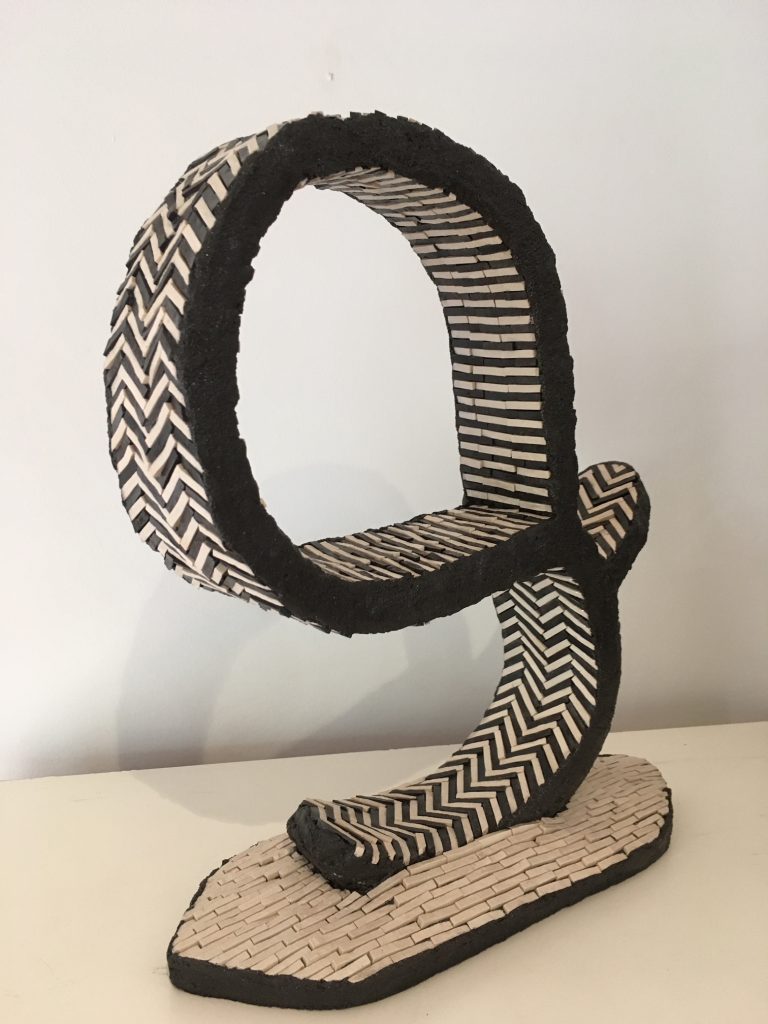
Most of my work has several layers of meaning associated with it – some of these are obvious, some hidden. This is particularly true of my abstract pieces, which are often inspired by a broad concept that allows me to explore the subject and wander down tangential pathways. Often, I am not certain of where I or the work will end up, since I enjoy allowing a piece to evolve and find its own story alongside mine. This can lead to multiple interpretations of meaning within the one work.
Nancy D Lane

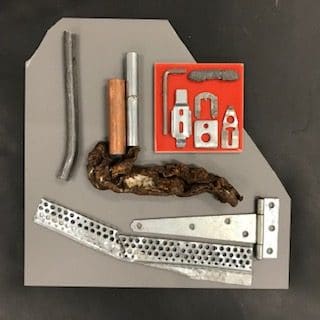


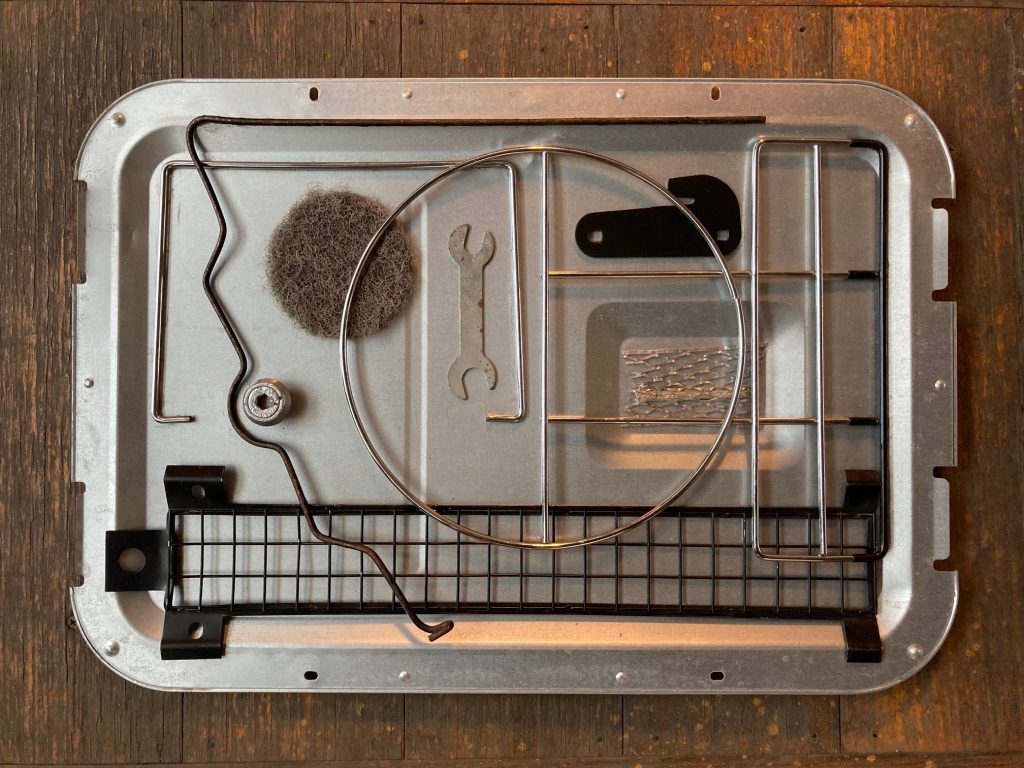

As a found object assemblage sculptor, I create my art entirely from the trash I gather from streets and beaches. Sometimes I have a particular idea in mind when I start ‘playing around’ with my junk; at other times, I’m inspired by an unusual item that I’ve collected. However, regardless of whether I imagine an artwork and then find the materials to create it, or alternatively, whether the artwork ‘creates itself’ and I’m just the intermediary, I know that viewers will always interpret the artworks in their own way.

